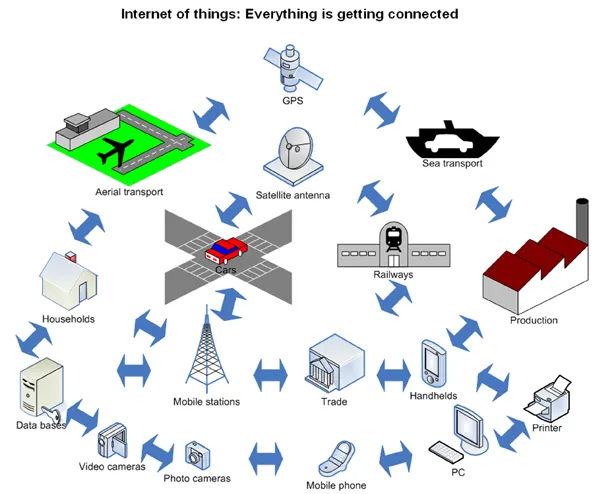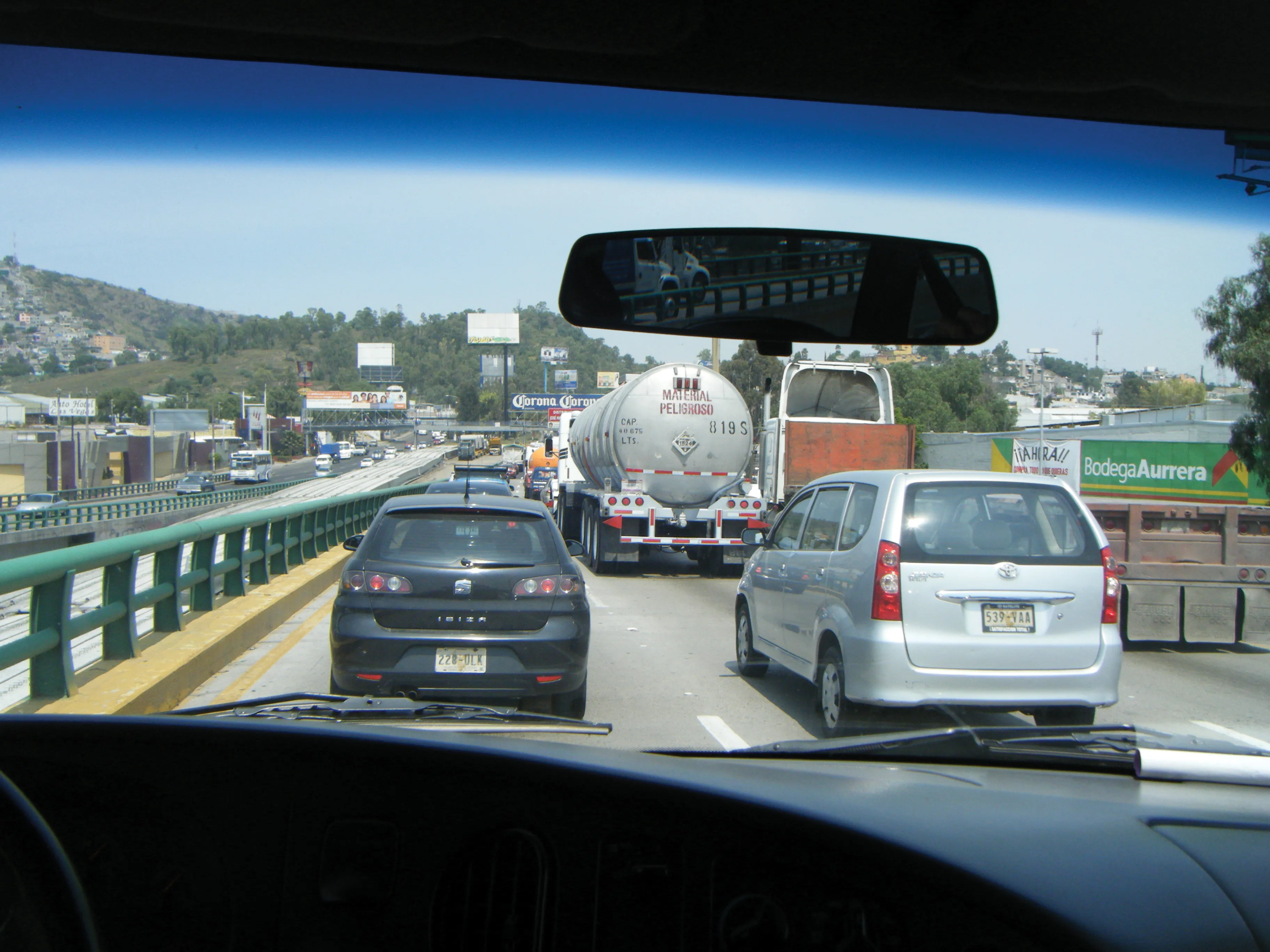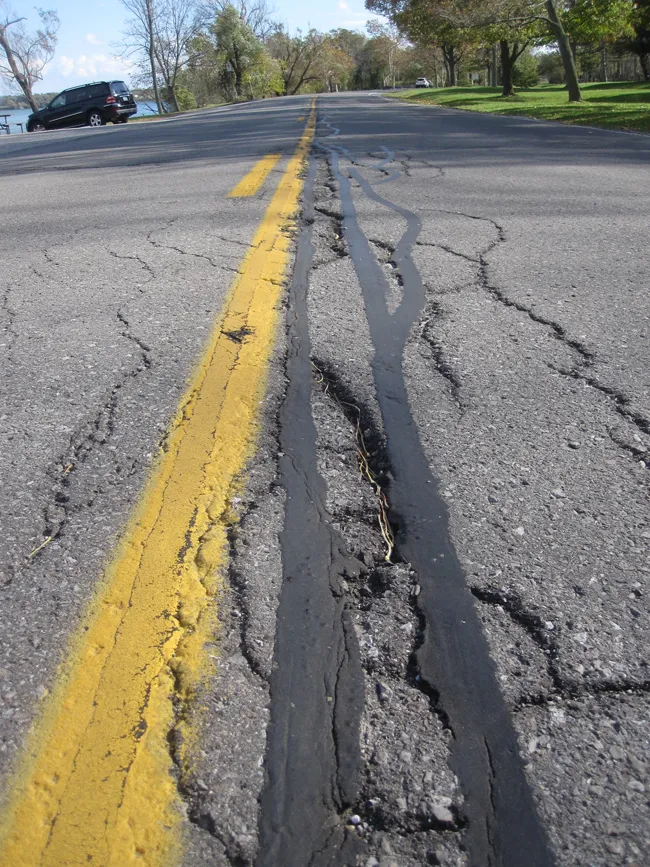A team of eminent Russian specialists* introduce exciting new information technologies, such as the Internet of Things, and foresee their promising applications in the field of transport infrastructure development. Global economic growth, combined with explosive digital technology proliferation, brings new challenges to the field of transport infrastructure. Technical advances such as Intelligent Transportation Systems (ITS), vehicle to infrastructure interfaces, global positioning, electronic toll collecti
April 12, 2012
Read time: 7 mins

A team of eminent Russian specialists* introduce exciting new information technologies, such as the Internet of Things, and foresee their promising applications in the field of transport infrastructure development
Transport infrastructure demands
Modern information society relies on outsourcing, which lessens the need for staff to be physically present and, in turn, reduces the need for daily travel to and from a fixed workplace. Time and environmental factors are also increasingly prominent, driving demand for transport systems that are adequate, reliable, ecologically friendly and safe. In cities especially, however, prevailing transport infrastructures often cannot be readily modernised due to a host of economic, historical, environmental, political and other restraints. We have to look, therefore, at means of increasing the capacity of existing infrastructure and pose the question how this might be most rationally achieved.It is well established, for example, that the introduction of ITS carries significant potential for enhancing the performance of existing facilities. To date, however, it is most commonly used to address rather local tasks in the context of specific transport systems. It is hardly ever deployed to manage overall data regarding different transport modes, and exploit the potential for efficient interchange between them.
In most cases, transport systems are developed on a concurrent basis, with many different options co-existing and sharing the same resources. The diverse operators tend to expand their respective businesses, which further overloads the available infrastructure. A more effective solution would be to develop transport systems according to a systematic and convergent approach, which encourages the various transport modes to cooperate in a more coordinated and efficient manner. For example, local train or bus schedules could be rendered flexible in accordance with information provided by highways operators. Similarly, traffic light management systems could integrate data from intercept parking sites around the city and adapt on an ongoing, real-time basis to avoid possible bottlenecks and collisions.
Information infrastructure
There are already a number of Internet services that provide travel information, schedules and various geo-information services, including traffic conditions, navigation and online booking facilities. Most of these services are designed independently, and even though attempts are made to generalise data, there is still no one system in place that can calculate an entire route from one place to another while simultaneously coordinating such aspects as reservation of parking lots, highway toll collection and local train seat reservations; as well as providing users with journey planning information.It is most important that any such system should provide access to a comprehensive range of services by means of a few simple clicks on the screen of a mobile phone or public terminal, and thereafter trace the end user along his or her chosen route. At present, even for IT professionals, it often takes a prohibitive amount of time to fill out all the various forms and credit card details associated with many existing on-line transactions - not to mention the URL searches invariably involved in accessing maps, schedules and other key planning data.
A more integrated, user-friendly information system, providing a global or, at least, regional service, can only be envisaged if the entire transport infrastructure is converged into a single information flow. This should not only provide the full range of necessary details but also automate most of the procedures. Such an evolution will involve a comprehensive package of reliable data sources, standardised communication mechanisms, secure methods of transaction processing, operator-to-operator transfer of micro-payments, user location services, and local infrastructure to end user communications and interfaces.
An important milestone towards achieving these aims lies in the development of new data communication technologies and standards designed to organise convergent information infrastructure transportation systems. Take, for example, the information systems used by airlines. These, like most current models, tend to deal with only one field - in this case aviation. In rare cases, they might link with shuttle bus or rapid train services, but are never designed to manage (say) parking lots or toll lane payments.
Information interchange is also important for logistical operations, in terms of diminishing the time needed for planning, resource allocation and transhipment. Here again, there are many technical challenges to overcome, including synchronisation of data flows from different information sources and operators; elimination of redundant and obsolete data; real-time information updates; dealing with indoor locations; frequency allocation for local information transfer, and the definition of appropriate legal frameworks. Shared information should comprise available resources, schedules, tariffs, restrictions, important notices and so on - and could be relayed to different groups of end users, including transport companies, infrastructure operators and municipal authorities, as well as, ultimately, to all other users of the given transport system including motorists, pedestrians and tourists.
The Internet of Things
An important recent development, with tremendous potential in terms of advancing convergent transport infrastructure, is the technology known as the 'Internet of Things' (IoT). The basis of the IoT lies in radio-frequency identification (RFID) technology that is currently used in many fields, from supply chain management to a broad class of transport applications, including electronic toll collection, logistics, parking systems and asset management.RFID tags store data that provides the database with all relevant information relating to the corresponding object. Data from the tags can be accessed by special RFID readers. Once a tag is located within range of the RFID reader's antenna, software algorithms are able to perform a given set of operations, which might include registration, inventory and so forth. Depending on the application, RFID readers may be portable or stationary.
The IoT takes the RFID concept a stage further. It notably enables objects to perform some operations and data manipulations independently and spontaneously. For example, a mobile phone could be equipped with a short-range communications module (similar to the kind used in RFID systems) to enable certain applications running on the phone to communicate directly with local infrastructure facilities. These might include, for example, toll collection systems on a highway, or information services for a subway or railway station. The phone could also automatically generate requests, for example regarding fees or available resources, and display the appropriate information on its screen for the user. In turn, it could even be equipped with a temperature or acceleration sensor, so as to forward such information to the system of the local operator, as feedback data for use in the context of traffic management and such like. Most of these kinds of operations will be carried out automatically by software agents built into the objects, and the users at both ends will only be directly engaged when their attention is directly required, for example for payment confirmation.
Though IoT technology is relatively new, its potential in the field of transport cannot be underestimated. This promise should be proactively taken into account in the context of transport projects currently being deployed, or under development, where it could be seamlessly introduced to lay the foundations for a new generation of transport infrastructure based on IoT technology. To facilitate this, appropriate standards, practices and procedures for the deployment of IoT technology in transport applications should be developed by the transport community within the framework of ITS or vehicle to infrastructure communications projects.
* This article has been adapted from an original paper co-authored by Anton Kobyakov of the Russian Academy of Public Administration; Natalya Kobyakova & Anton Vaino of the Russian State University for the Humanities; Sergey Panfilov, Vladimir Podolyak & Victor Saraev of Global Web Research, and IRF Geneva Executive Committee member, Leonid Kozlov.








